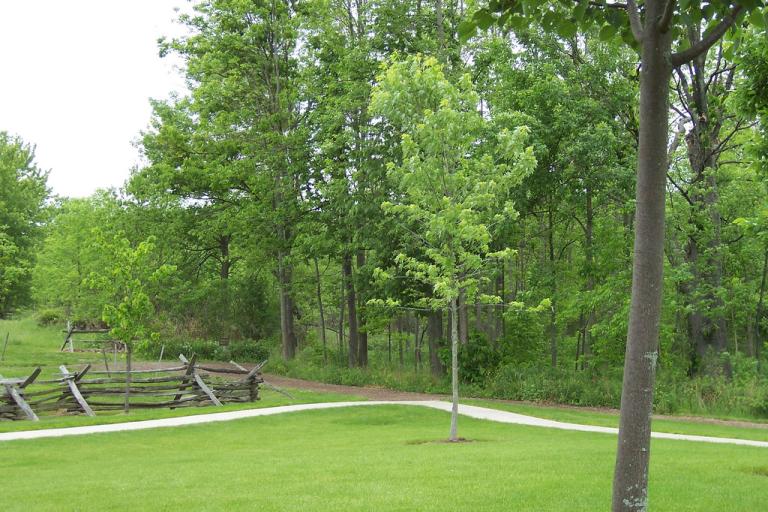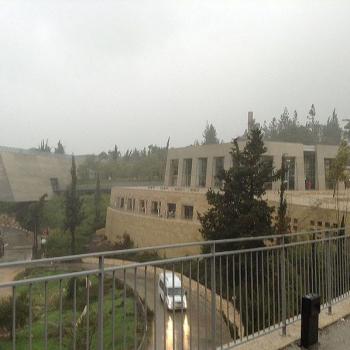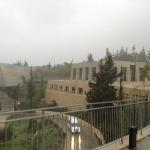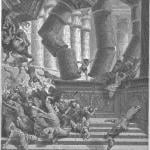
(Wikimedia Commons public domain)
I’ve seen a number of comments in two or three places, and have received several emails, pronouncing me a liar, a shameless and deliberate deceiver, because of my position regarding Joseph Smith’s 1832 account of the First Vision. (For that position, see my recent posts “On the supposed scandal of multiple First Vision accounts” and “Once more, on the First Vision.”)
Such accusations may or may not speak eloquently about those leveling them. They say nothing whatever about me: I believe exactly what I’ve said about this subject.
A friend sent me a relevant note just slightly less than two hours ago. In part, it reads as follows:
Interestingly enough, Steven Harper [https://religion.byu.edu/steven_harper — dcp] came and spoke to our stake yesterday. (Yes, in Lyman, Wyoming!) He addressed this very issue, indicating that the account was brought across the plains by Willard Richards, got put into the historian’s office, and was subsequently neglected and lost in the stacks, so to speak. It was discovered by a scholar (Steve didn’t say who) in 1965 and has been widely disseminated since then.
Moreover, while I’m open to the possibility that Elder Joseph Fielding Smith may have tried to hide or “suppress” the 1832 account of the First Vision, I’m not yet persuaded of it. The relevant FairWiki article is worth reading in this regard:
And, while you’re at it, you might care to read this 2012 article, which I probably forced poor Stephen Smoot to write at gunpoint:
“Joseph Smith’s First Vision Accounts: More Mormon Church Suppression and Cover-Up”
Incidentally, if Joseph Fielding Smith sought to hide the 1832 First Vision account, he did a remarkably poor job of it at the very time when he had the most power to suppress it. Again, I call attention to the following items, all of which appeared during the period when Joseph Fielding Smith was either president of the Twelve and official Church historian or president of the Church altogether:
Paul R. Cheesman, “An analysis of the Accounts Relating Joseph Smith’s Early Visions” (Master’s Thesis, Brigham Young University 1965).
This thesis contained the first publication of the 1832 account. (I believe that Paul Cheesman was the scholar to whom Steve Harper referred in Lyman, Wyoming, yesterday. It seems unlikely that he found the document by breaking into Joseph Fielding Smith’s personal safe.)
James B. Allen, “The Significance of Joseph Smith’s ’First Vision’ in Mormon Thought.” Dialogue: A Journal of Mormon Thought, Vol. 1 No. 3 (1966): 29–46.
Dean C. Jessee, “The Early Accounts of Joseph Smith’s First Vision,” Brigham Young University Studies, Vol. 9 (Spring 1969): 275-94.
This article contains the text of the 1832, Cowdery 1834, Nov. 9, 1835, November 14, 1835, 1838, and 1842 (Wentworth) versions.
James B. Allen, “Eight Contemporary Accounts of Joseph Smith’s First Vision. What do we learn from them?” Improvement Era 73.4 (April 1970): 4-13.
In addition to the article itself, a chart appears comparing the following versions: 1832, 1835, 1838, Pratt 1840, Hyde 1842, Wentworth, NY Spectator 1843, Neibaur 1843.
Milton V. Backman, Jr., Joseph Smith’s First Vision. The First Vision in its Historical Context (Bookcraft 1971; 2nd edition, revised and enlarged 1980)











